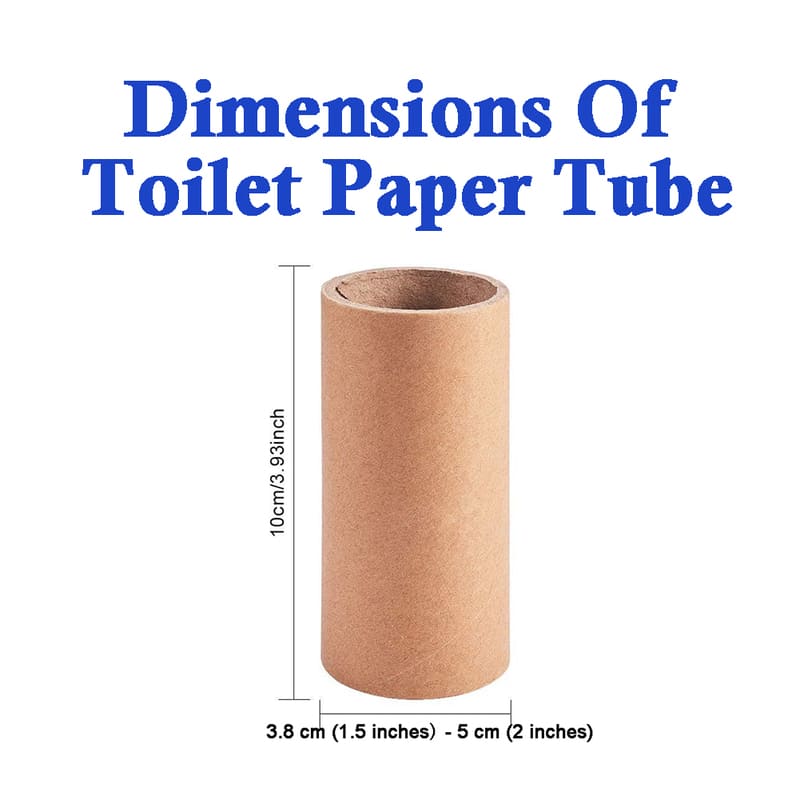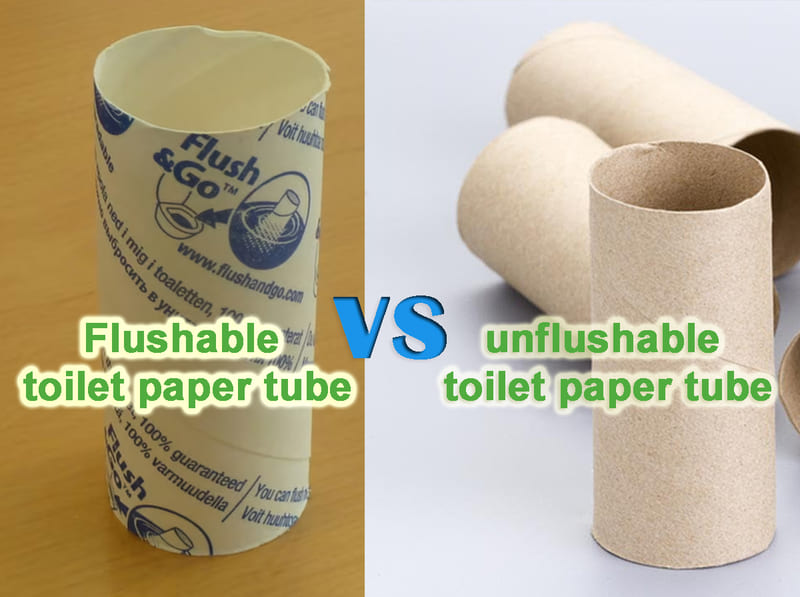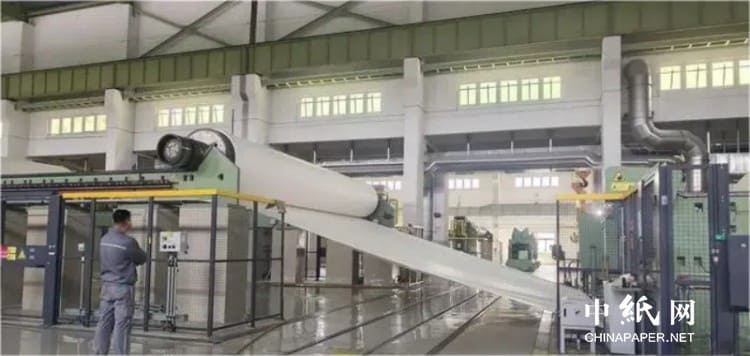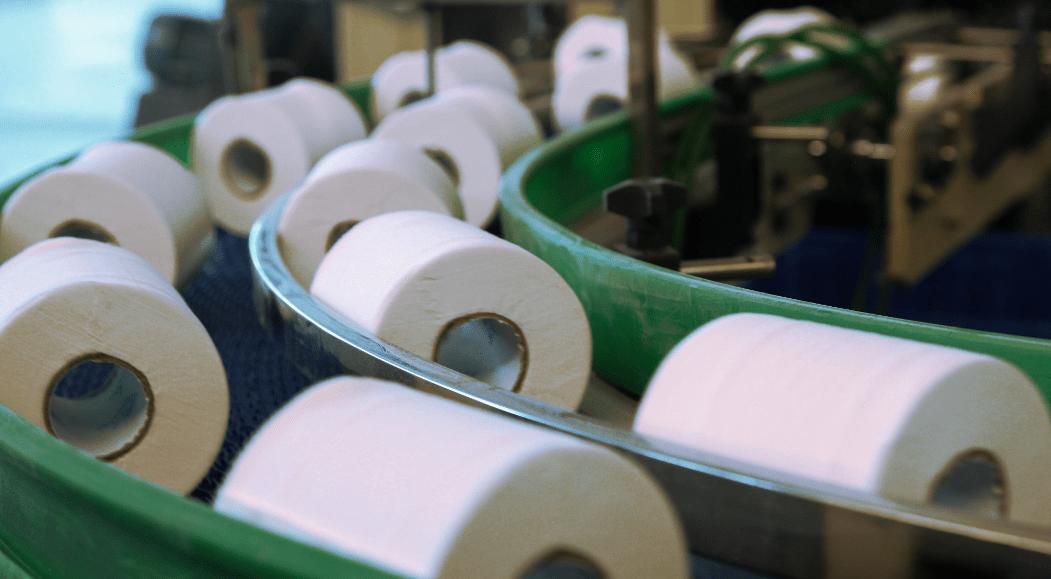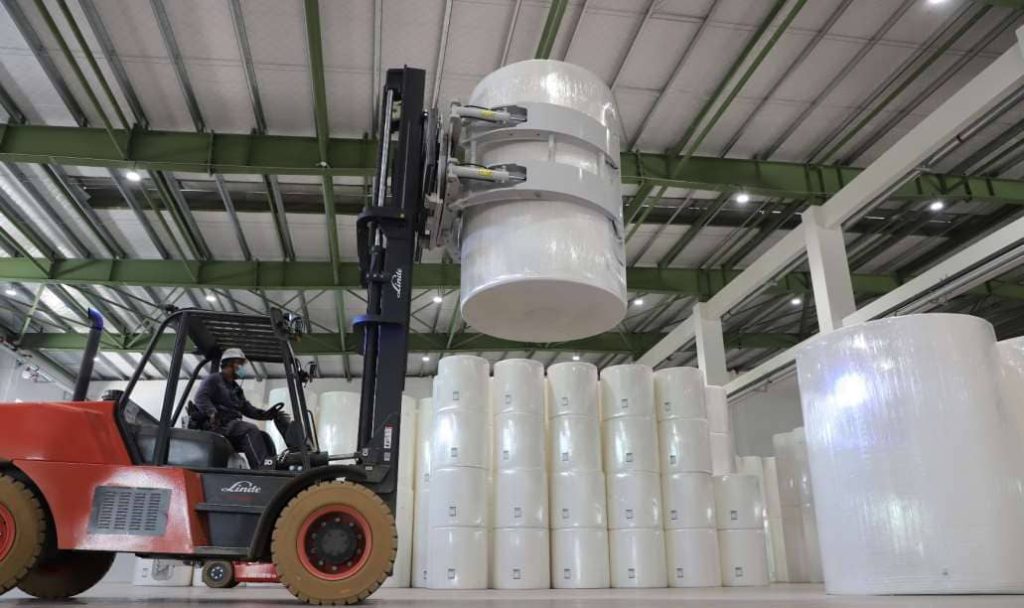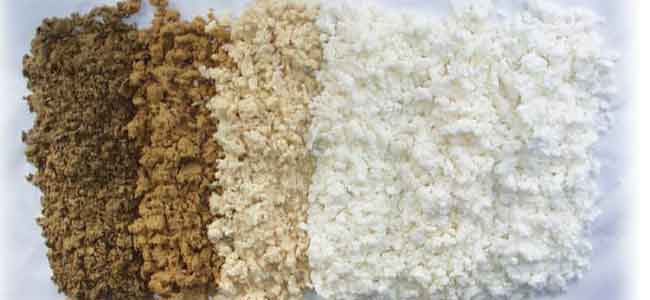The Storage Of Pulp And Paper In South America, And The Chances of Export from China?
Pulp and paper are essential materials for many industries and products, such as packaging, printing, hygiene, and personal care. South America is a region with abundant natural resources and a growing pulp and paper sector. However, some companies in South America still need to import tissue paper raw materials from China, despite having domestic production capabilities. This article will explore the reasons behind this phenomenon, such as the lack of certain fiber types and manufacturing technologies in South America, and the advantages of Chinese raw material exports.
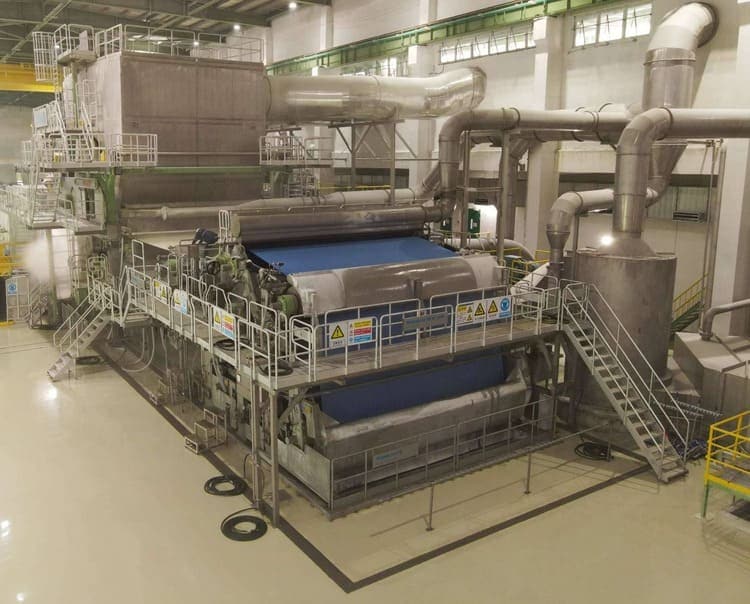
Pulp and paper production in South America
South America has several countries with significant pulp and paper industries, such as Brazil, Chile, and Argentina. These countries have large areas of land suitable for growing fast-growing tree species, such as eucalyptus and pine, which are the main sources of pulp in the region. According to the Food and Agriculture Organization (FAO), South America accounted for 16% of the global pulp production and 8% of the global paper production in 2019. Brazil alone produced 22 million tonnes of pulp and 10 million tonnes of paper in that year, making it the second-largest pulp producer and the ninth-largest paper producer in the world.
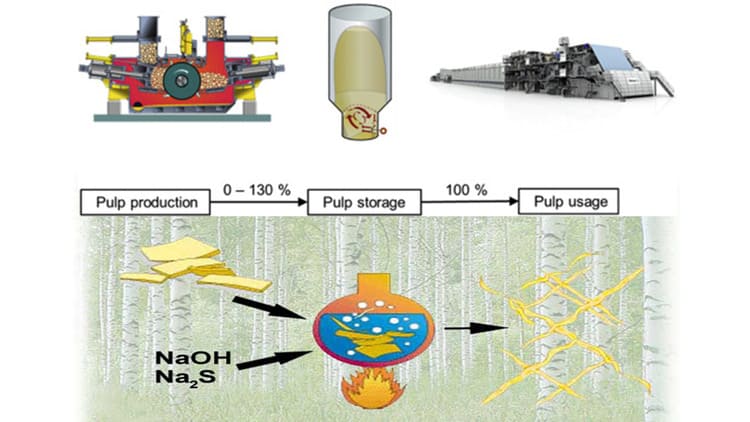
Gaps in domestic fiber availability and technologies
Despite having substantial pulp and paper production capacities, some South American countries still face gaps in their domestic fiber availability and technologies. For instance, some pulps that are used for making tissue paper, such as bamboo and hardwood fibers, are not widely grown or processed in South America. Therefore, some companies have to import these pulps from other regions, especially China, which is a major producer of bamboo and hardwood fibers. Moreover, some countries in South America lack the advanced manufacturing technologies that are required for producing high-quality tissue grades, such as softness, strength, absorbency, and bulkiness. These technologies include refining, creping, embossing, calendaring, and coating. As a result, some companies have to rely on imported tissue paper or machinery from China or other countries that have more developed tissue paper industries.
Chinese raw material exports
China is a major global exporter of pulp and tissue paper making technologies. It has a large and diverse pulp and paper sector that produces various types of fibers and pulp grades that are not readily available in South America. For example, China produces about 3 million tonnes of bamboo pulp per year, which is a renewable and sustainable fiber source that has high tensile strength and softness. China also produces about 2 million tonnes of dissolving pulp per year, which is a special grade of pulp that can be used for making viscose rayon or other cellulose-based products. Additionally, China has invested heavily in developing its tissue paper industry in recent years, introducing new technologies and equipment that can produce high-quality tissue grades at low costs. These factors make China a competitive and consistent supplier of raw materials for tissue paper production in South America. According to the International Trade Centre (ITC), China exported about 1.4 million tonnes of pulp and 0.4 million tonnes of tissue paper to South America in 2019, accounting for 12% and 17% of the region’s total imports respectively.
Conclusion
In conclusion, while South America has a strong pulp and paper sector that can meet most of its domestic demand, some companies still need to import tissue paper raw materials from China due to factors like lack of certain fiber types and manufacturing technologies. Imports from China will still be needed to fill these gaps until local alternatives are further developed or adopted by South American countries. However, this situation may change in the future as some countries in South America are exploring new ways to increase their pulp and paper production capacities and qualities, such as expanding their plantations with different tree species or investing in new technologies or partnerships with foreign suppliers.

